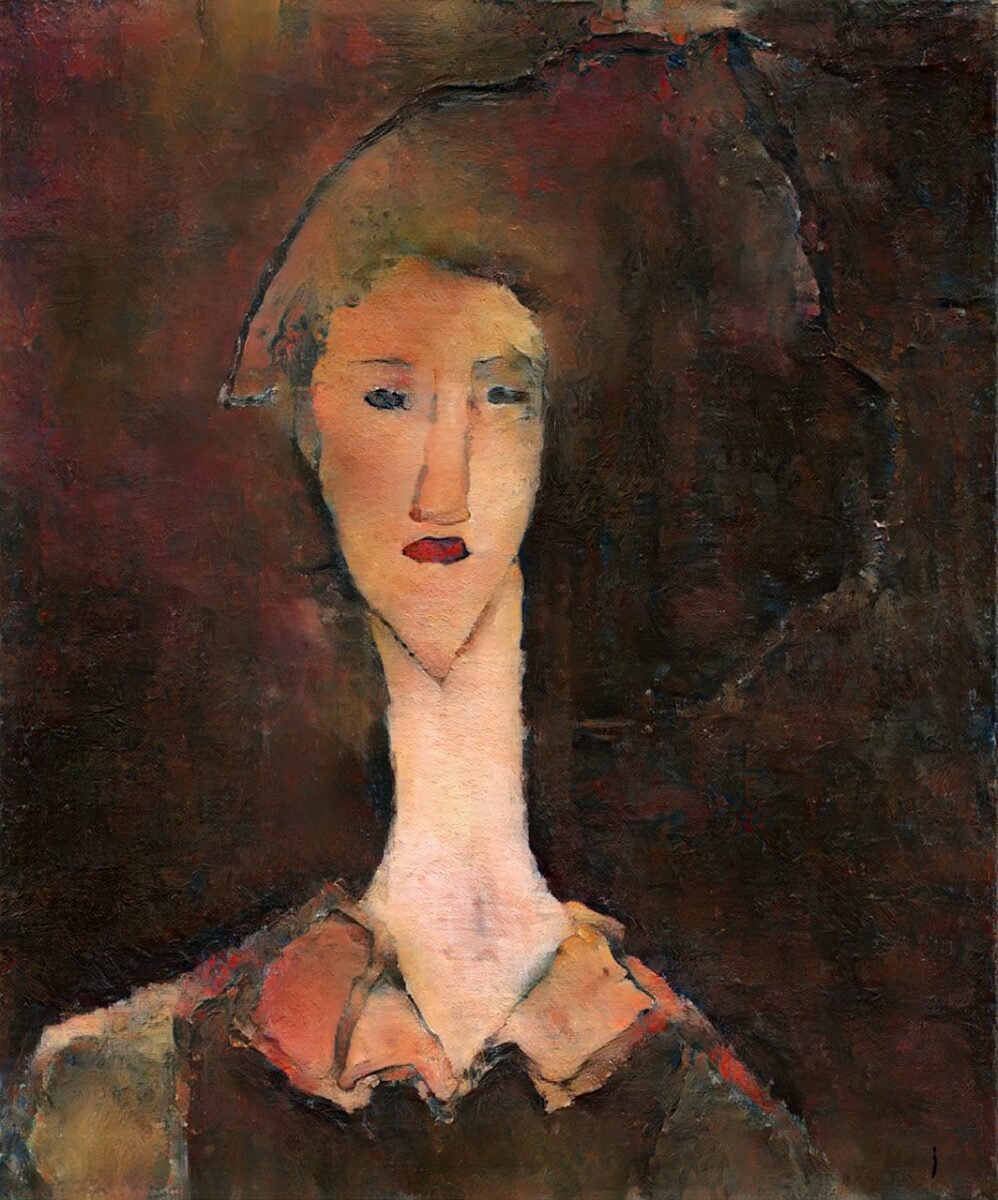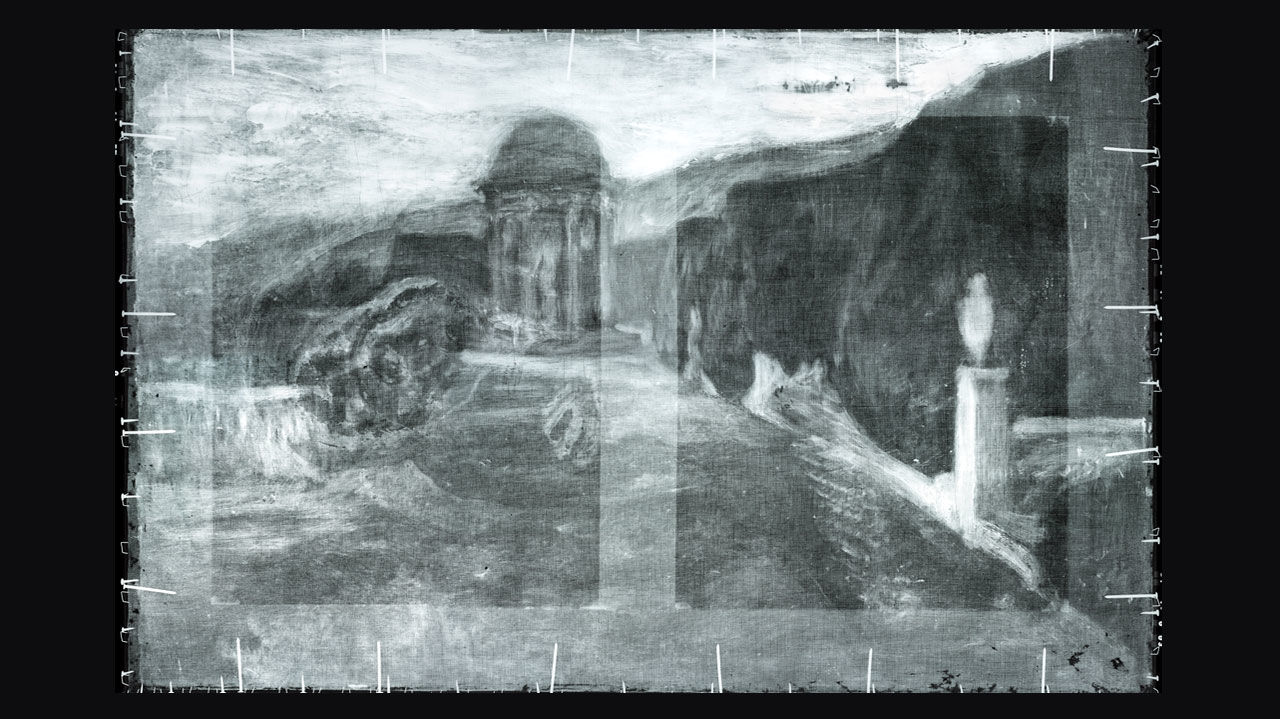[Most Recent Entries] [Calendar View]
Tuesday, June 22nd, 2021
| Time | Event |
| 7:01a | Google’s UX Design Professional Certificate: 7 Courses Will Help Prepare Students for an Entry-Level Job in 6 Months
During the pandemic, Google launched a series of Career Certificates that will “prepare learners for an entry-level role in under six months.” One such certificate focuses on User Experience Design, or what’s called UX Design, the process design teams use to create products that provide meaningful experiences to users. Offered on the Coursera platform, the User Experience (UX) Design Professional Certificate features seven courses, including the Foundations of User Experience, Start the UX Design Process, Build Wireframes and Low-Fidelity Prototypes, and Conduct UX Research and Test Early Concepts. In total, this program “includes over 200 hours of instruction and hundreds of practice-based activities and assessments that simulate real-world UX design scenarios and are critical for success in the workplace. The content is highly interactive and developed by Google employees with decades of experience in UX design.” Upon completion, students can directly apply for jobs with Google and over 130 U.S. employers, including Walmart, Best Buy, and Astreya. You can start a 7-day free trial and explore the courses. If you continue beyond that, Google/Coursera will charge $39 USD per month. That translates to about $235 after 6 months. Explore the User Experience (UX) Design Professional Certificate and learn more about the overall Google career certificate initiative here. Find other Google professional certificates here. The new certificates have been added to our collection, 200 Online Certificate & Microcredential Programs from Leading Universities & Companies. Note: Open Culture has a partnership with Coursera. If readers enroll in certain Coursera courses and programs, it helps support Open Culture. Related Content: Google’s UX Design Professional Certificate: 7 Courses Will Help Prepare Students for an Entry-Level Job in 6 Months is a post from: Open Culture. Follow us on Facebook and Twitter, or get our Daily Email. And don't miss our big collections of Free Online Courses, Free Online Movies, Free eBooks, Free Audio Books, Free Foreign Language Lessons, and MOOCs. |
| 8:00a | AI & X-Rays Recover Lost Artworks Underneath Paintings by Picasso & Modigliani
You see above a painting by Amedeo Modigliani, a portrait of the artist’s lover Beatrice Hastings, unseen by the public until its rediscovery just this year. Or at any rate, some see that: in another sense, the image is a new or almost-new artistic creation, based on X-rays of Modigliani’s Portrait of a Girl. Underneath the paint that makes up that celebrated work lie traces enough to establish the presence of a different, earlier one beneath. But only now, after the employment of neural networks fed with enough of the artist’s acknowledged work to recognize and replicate his signature style, do we have a sense of what it could have looked like. “Anthony Bourached and George Cann, both PhD candidates, are heading the ‘NeoMasters’ project through a company called Oxia Palus,” writes The Guardian‘s Dalya Alberge. “They have ambitious plans to rediscover further hidden paintings on canvases that were reused by artists, who were perhaps too impoverished to buy supplies or dissatisfied with initial compositions.” Modigliani was certainly impecunious enough to have done so more than once, and his relationship with Hastings — a long affair that was volatile even by the standards of the early 20th-century Parisian bohemia they inhabited — did provide material for other portraits. Specialists, respectively, in neuroscience and the surface of Mars (their company’s name refers to a region of that planet), Bourached and Cann have proven enterprising in this art-oriented endeavor. “A 3D-printed physical rendering of their creation, complete with computer-simulated ‘brushstrokes’ and texture, will soon go on display at London’s Lebenson Gallery as part of the duo’s ‘NeoMasters’ project,” writes Nora McGreevy at Smithsonian.com. Earlier this year, McGreevy also covered Oxia Palus’ digitally assisted recovery of a Barcelona landscape possibly painted by the Spanish poet, playwright, and artist Santiago Rusiñol — before it was painted over by Pablo Picasso.
This discovery actually goes back to 1992, when conservators first determined the existence of another image beneath Picasso’s little-known La Miséreuse accroupie, or The Crouching Beggar. “Researchers suspect that Picasso used the mountains in Rusiñol’s landscape to shape the contours of his female subject’s back,” writes McGreevy. “A 2018 X-ray of that lesser-known work by the Art Gallery of Toronto provided Oxia Palus what they needed to start work on their A.I.-assisted recreation. Not only did Bourached and Cann 3D print 100 physical copies of the final product, they linked each one to a unique non-fungible token (NFT), the new kind of digital artifact that has become something of a craze in the art world — surely an unimaginable afterlife for these images Modigliani and Picasso must have assumed they’d obliterated for good. Related Content: Original Portrait of the Mona Lisa Found Beneath the Paint Layers of da Vinci’s Masterpiece Short Film Takes You Inside the Recovery of Andy Warhol’s Lost Computer Art A 10 Billion Pixel Scan of Vermeer’s Masterpiece Girl with a Pearl Earring: Explore It Online Based in Seoul, Colin Marshall writes and broadcasts on cities, language, and culture. His projects include the Substack newsletter Books on Cities, the book The Stateless City: a Walk through 21st-Century Los Angeles and the video series The City in Cinema. Follow him on Twitter at @colinmarshall or on Facebook. AI & X-Rays Recover Lost Artworks Underneath Paintings by Picasso & Modigliani is a post from: Open Culture. Follow us on Facebook and Twitter, or get our Daily Email. And don't miss our big collections of Free Online Courses, Free Online Movies, Free eBooks, Free Audio Books, Free Foreign Language Lessons, and MOOCs. |
| 8:00a | David Bowie on Why It’s Crazy to Make Art–and We Do It Anyway (1998) Art is useless, Oscar Wilde declared. Yet faced with, say, a painting by Kandinsky, film by Malick, or great work by David Bowie, we may feel it “impossible to escape the impression,” as Sigmund Freud wrote, “that people commonly use false standards of measurement — that they seek power, success and wealth for themselves and admire them in others, and that they underestimate what is of true value in life.” However ambiguously, art can move us beyond the selfish boundaries of the ego to connect with intangibles beyond ideas of use and uselessness. That experience of connectedness, what Freud called the “oceanic,” stimulated by a work of art can mirror the sublime feelings awakened by nature. “A work of art is useless as a flower is useless,” Wilde clarified in a letter to a perplexed reader. “A flower blooms for its own joy. We gain a moment of joy by looking at it. That is all that is to be said about our relations to flowers.” It’s an imperfect analogy. The flower serves quite another purpose for the bee, and for the plant. “All of this is I fear very obscure,” Wilde admits. The point being, from the point of view of bare survival, art makes no sense. “It’s a loony kind of thing to want to do,” says Bowie himself, in the interview clip above from a 1998 appearance on The Charlie Rose Show. “I think the saner and rational approach to life is to survive steadfastly and create a protective home and create a warm loving environment for one’s family and get food for them. That’s about it. Anything else is extra. All culture is extra…. It’s unnecessary and it’s a sign of the irrational part of man. We should just be content with picking nuts.” Why are we not content with picking nuts? Perhaps most of us are. Perhaps “being an artist,” Bowie wonders “is a sign of a certain kind of dysfunction, of social dysfunctionalism anyway. It’s an extraordinary thing to do, to express yourself in such… in such rarified terms.” It’s a Wildean observation, but one Bowie does not make to stigmatize individuals. As Rose remarks, he has “always resisted the idea that this creativity that you have comes from any form of dysfunction or… madness.” Perhaps instead it is the market that is dysfunctional, Bowie suggests in a 1996 interview, just above, with Rose and Julian Schnabel. Art may serve no practical purpose in an ordinary sense, but it is not only the provenance of singular geniuses. “Once it falls into the hands of the proletariat,” says Bowie, “that the ability to make art is inherent in all of us, that demolishes the idea of art and commerce, and that’s no good for business.” Wilde also saw art and commerce in fundamental tension. “Of course man may sell the flower, and so make it useful to him,” he wrote. “But this has nothing to do with the flower. It is not part of its essence. It is accidental. It is a misuse,” an artificial elevation and enclosure, says Bowie, of expressions that belong to everyone. Related Content: Bowie’s Bookshelf: A New Essay Collection on The 100 Books That Changed David Bowie’s Life When David Bowie Launched His Own Internet Service Provider: The Rise and Fall of BowieNet (1998) David Bowie Songs Reimagined as Pulp Fiction Book Covers: Space Oddity, Heroes, Life on Mars & More Josh Jones is a writer and musician based in Durham, NC. Follow him at @jdmagness David Bowie on Why It’s Crazy to Make Art–and We Do It Anyway (1998) is a post from: Open Culture. Follow us on Facebook and Twitter, or get our Daily Email. And don't miss our big collections of Free Online Courses, Free Online Movies, Free eBooks, Free Audio Books, Free Foreign Language Lessons, and MOOCs. |
| 2:00p | British Actor Bob Hoskins’ Helped Thousands Learn to Read in On the Move, a 1970s “Sesame Street for Adults” British character actor Bob Hoskins has been remembered for “playing Americans better than Americans,” as USA Today wrote when Hoskins passed away in 2014. Characters like Who Framed Roger Rabbit?’s Eddie Valiant, Nixon’s J. Edgar Hoover, and The Cotton Club’s Owney Madden stand out as some of his best performances in Hollywood. But he began his career in British film and television, playing cops and gangsters. Helen Mirren, who starred opposite him in his first major role, The Long Good Friday, and onstage in The Duchess of Malfi, penned a glowing tribute for The Guardian. “London,” she wrote, “will miss one of her best and most loving sons, and Britain will miss a man to be proud of.” Mirren’s sentiments were echoed by British actors everywhere. Shane Meadows called him “the most generous actor I have ever worked with.” Stephen Woolley described Hoskins as a working-class hero. “With his talent, Bob gatecrashed the world of celebrity, and made all of us ordinary people feel a little better about ourselves.” It was a role he was seemingly born to play, despite his range. Hoskins was “a great actor,” writes Woolley, “yet unlike many actors he was first and foremost a courteous, sweet and caring human being. He could make monsters human and wring a smile out of any situation without a whisker of embarrassment.” Those are the very qualities that endeared viewers to Hoskins’ first breakout character, Alf Hunt, a furniture removal man who struggled with reading and writing in On the Move, a kind of “Sesame Street for adults” that ran in 1976 on the BBC. The 10-minute shorts ran on Sunday afternoons “as part of the BBC’s adult education remit,” Mark Lawson writes at The Guardian. Hoskins’ performance brought to life for viewers “a proud man who has desperately disguised his learning difficulties.” It met a serious need among the nation’s populace. “The show attracted 17 million viewers a week, (way beyond the size of its target audience),” notes a MetaFilter user. On the Move “helped make Hoskins famous. It was also responsible for persuading 70,000 people to sign up for adult literacy programmes.” Hoskins treasured the letters he received from viewers who decided to change their lives after seeing the show. They may well have done so because he gave his all to the character, as Lawson writes:
In each episode, Alf revealed his struggles to his friend Bert, played by Donald Gee. The show also featured inspiring interviews with adults who had taken adult literacy classes and appearances by special guest stars like Patricia Hayes and Martin Shaw (who both appear in the episode at the top). While other famous actors may disown early television work, Hoskins never did. On the Move “shared the qualities of his best stuff. Whereas most footage in Before They Were Famous type shows is calculated to be bathetic or embarrassing,” Hoskins’ earliest work does quite the opposite, explaining why he “went on to become the star he did.” On the Move may also have earned Hoskins another title, one he might have cherished as much as any acting plaudit. George Auckland, who later directed the BBC’s adult education program, called him “the best educator Britain has produced” because of his wide reach among adults struggling with literacy in 1970s Britain. See an episode of On the Move at the top of the post and hear what commenters call “the catchiest theme song ever” just above. Related Content: Take The Near Impossible Literacy Test Louisiana Used to Suppress the Black Vote (1964) Josh Jones is a writer and musician based in Durham, NC. Follow him at @jdmagness British Actor Bob Hoskins’ Helped Thousands Learn to Read in On the Move, a 1970s “Sesame Street for Adults” is a post from: Open Culture. Follow us on Facebook and Twitter, or get our Daily Email. And don't miss our big collections of Free Online Courses, Free Online Movies, Free eBooks, Free Audio Books, Free Foreign Language Lessons, and MOOCs. |
| << Previous Day |
2021/06/22 [Calendar] |
Next Day >> |






